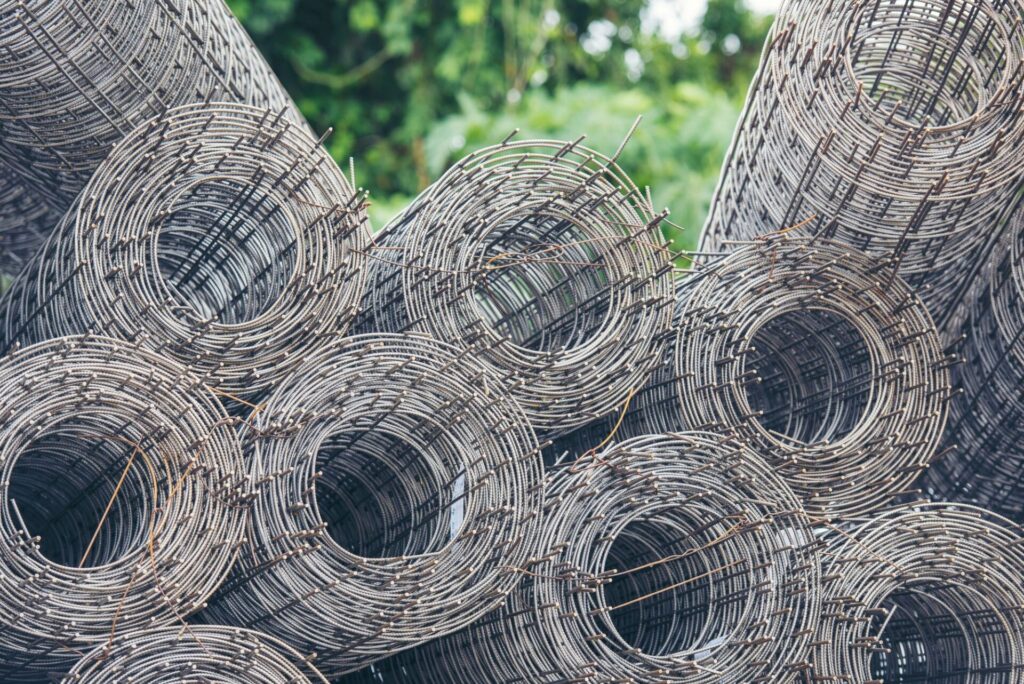Rodent infestations on farms are more than just a minor inconvenience. These small yet tenacious creatures seriously threaten agricultural operations, leading to extensive damage and potential health risks. Their ability to gnaw through almost anything—from crops to electrical wires—makes them formidable adversaries for farmers. Moreover, their presence can lead to contamination of feed and water sources, posing significant health risks to livestock and humans. Understanding the scope of this issue and employing effective prevention strategies, such as the use of wire mesh, is crucial. This guide aims to provide thorough insights into using wire mesh to combat these pesky invaders, thereby safeguarding the well-being and productivity of your farm.
Understanding The Rodent Threat
Rodents, primarily rats and mice, are known for their destructive nature, especially in agriculture. Their capacity to breed rapidly exacerbates the issue, making timely control measures essential. These animals are notorious for their burrowing habits, which can compromise the structural integrity of farm buildings and storage facilities. Their propensity for gnawing can significantly damage machinery, electrical systems, and irrigation equipment, often resulting in costly repairs and downtime.

Beyond physical damage, rodents pose a health hazard. They are carriers of various diseases, such as hantavirus, leptospirosis, and salmonellosis, which can harm humans and animals. Their presence in feedstocks can lead to contamination, adversely affecting livestock health and, in severe cases, leading to disease outbreaks within herds.
Recognizing the behavior and patterns of rodents is crucial for effective control. They are typically more active at night and are attracted to areas with abundant food sources and nesting materials. Implementing a strategy that includes regular monitoring and early intervention is key to preventing infestations.
Selecting The Right Wire Mesh
Choosing the appropriate wire mesh for rodent control is a critical decision that can greatly influence the effectiveness of your pest management strategy. The ideal wire mesh should possess certain characteristics to serve its purpose efficiently. Durability is paramount; the mesh should be able to withstand harsh weather conditions as well as the constant gnawing of rodents. Look for materials like galvanized steel or vinyl-coated wire, which resist rust and corrosion.

The size of the mesh openings is another crucial factor. It should be small enough to prevent even the smallest rodents from passing through. Typically, a mesh with openings no larger than a quarter-inch is effective for most rodent species. Additionally, the strength and gauge of the wire should be considered, as thicker wires offer more resistance to chewing and damage.
When installing wire mesh, it is vital to cover potential entry points comprehensively. This includes the obvious openings and the less apparent ones, such as gaps around pipes, vents, and beneath doors. Remember, rodents can squeeze through surprisingly small spaces, so meticulous installation can make a significant difference in the effectiveness of your rodent control efforts.
Best Pliers For Working With Hard Wire
Maun Parallel Pliers are by far the best tool when working with hard wire, as they provide ample grip and very high cutting force with minimal effort. This makes them an indispensable tool for cutting and shaping wire mesh with precision and ease, a necessary step in crafting effective barriers against rodents.
Installation Techniques And Tips
The effectiveness of wire mesh in rodent control hinges significantly on its proper installation. It’s not just about placing the mesh; it’s about securing it in a way that leaves no room for rodents to infiltrate. One crucial step is to bury the mesh at least a foot deep around the perimeter of the protected area. This depth is necessary because rodents are skilled diggers and can easily burrow under superficial barriers.

Above ground, the meticulousness in installation continues. The mesh must be tightly secured to posts or frames, ensuring there are no gaps or loose ends where rodents could squeeze through or pry open. For this precision work, DIY Pliers are extremely useful. They are particularly effective for attaching the mesh in smaller, more intricate areas where larger tools may be cumbersome. This includes securing mesh around pipes, corners, and tight spaces between buildings.
Maintaining Your Wire Mesh Barriers
Maintenance plays a pivotal role in the longevity and effectiveness of your wire mesh barriers. This involves conducting regular inspections to identify any signs of wear or damage, such as rusting, breaks, or gaps in the mesh. Rodents are persistent and will exploit any weakness in the barrier, so timely detection and repair of these vulnerabilities are essential.
During inspections, pay attention to the points where the mesh meets the ground or structures, as these are common areas for damage. If any part of the mesh is compromised, it should be repaired or replaced promptly to maintain an impenetrable barrier. This proactive maintenance approach ensures continuous protection and prevents the costs and labor associated with major repairs or complete overhauls.
Integrating Wire Mesh With Other Rodent Control Methods
While effective, wire mesh can deliver even better results when integrated with other rodent control methods. This multi-layered approach creates a more formidable defense against rodent invasions. For instance, setting up traps along the perimeter can catch any rodents that attempt to breach the barrier. Similarly, using natural repellents or attractants can help deter rodents from approaching the mesh.
Incorporating natural predators into your strategy is also beneficial. For example, encouraging the presence of barn owls can significantly reduce the rodent population. These predators naturally hunt rodents and can be an eco-friendly addition to your pest control arsenal.
Cost-Effective Solutions For Small Farms
For small farms, managing expenses is crucial. Fortunately, using wire mesh for rodent control is both effective and economical. The durability of the right wire mesh means it’s a long-term solution, minimizing the need for frequent replacements. Moreover, the installation and maintenance of the mesh can often be done using DIY methods, saving labor costs. By handling these tasks in-house, small farm owners can significantly reduce the financial burden of rodent control.
Understanding Local Regulations And Wildlife Impact
Adhering to local regulations regarding wildlife control is critical. It’s important to ensure that the methods used for rodent control on your farm comply with these laws. This includes considering the impact of your control measures on non-target wildlife. For instance, the wire mesh used should be designed to keep rodents out while not inadvertently trapping or harming other wildlife. Understanding and respecting these regulations ensures legal compliance and promotes responsible and ethical farming practices.
Conclusion
Using wire mesh to keep rodents from your farm is practical, effective, and economical. By selecting the right material, using the appropriate tools like Maun Parallel Pliers and DIY Pliers, and integrating them with other control methods, you can protect your farm from rodent damage and health risks. Regular maintenance and adherence to local regulations will ensure that your wire mesh barriers serve you well for years.



